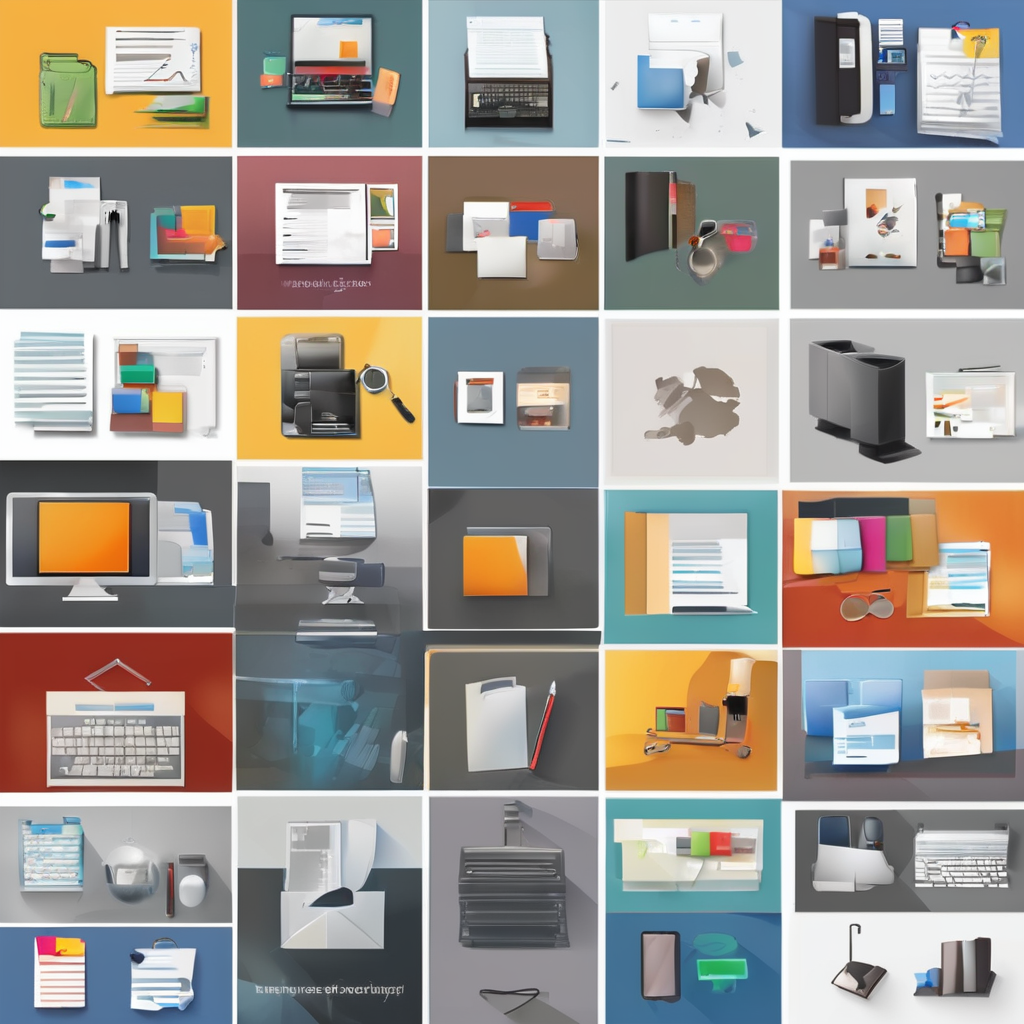How Technology Museums Inspire Creative Thinking and Innovation
Technology museums play a pivotal role in inspiring innovation by showcasing carefully curated exhibits designed to spark curiosity and imagination. These exhibits often blend historical milestones with cutting-edge developments, encouraging visitors to connect the dots between past inventions and future possibilities. This approach effectively stimulates creative thinking by posing questions and challenges that invite exploration.
Beyond passive observation, technology museums enhance the learning experience through interactive displays. These hands-on elements invite visitors to experiment, tinker, and problem-solve, which deepens engagement and reinforces innovative thinking skills. For instance, manipulating mechanical parts or coding simple programs allows learners to experience the practical side of technology.
Also to see : Exploring the uk’s influence on worldwide tech sustainability: a global insight
Moreover, technology museums contribute significantly to lifelong learning and skill development. They serve as dynamic environments that nurture curiosity at all ages, helping visitors continually adapt to evolving technological advances. This accessibility underscores their importance not only as repositories of knowledge but as active catalysts for creative problem-solving and forward-thinking innovation in diverse communities.
Educational Programs and Workshops Fostering Future Innovators
Educational programs in technology museums are carefully crafted to ignite youth innovation by combining fun with learning. These programs often include STEM workshops that challenge young learners to develop critical thinking and problem-solving skills essential for modern innovation. For example, coding bootcamps, robotics labs, and maker spaces allow participants to apply concepts hands-on, deepening their understanding and creativity.
Also read : How Will High-Tech Developments in the UK Impact the Future of Computing?
Educators design activities that cater to varied learning styles, often integrating storytelling and real-world applications to nurture future inventors. By focusing on collaboration and exploration, workshops encourage participants to ask questions like “How can I improve this design?” or “What problems can I solve using this technology?” This approach fosters a mindset essential for innovation.
Partnerships with schools and tech companies further amplify the impact of these educational programs. Collaborations bring cutting-edge resources and mentors into museum settings, expanding outreach and providing youth with role models in innovation. Through ongoing programs, technology museums remain vital hubs for cultivating the next generation of creative problem-solvers and innovators.
Case Studies of Impact: Real Stories from Technology Museums
Technology museum impact becomes evident through compelling student success stories that highlight how hands-on learning environments transform curiosity into achievement. For example, many young inventors inspired by museum visits report heightened enthusiasm for STEM fields and increased confidence in their creative thinking abilities. These experiences demonstrate that engaging directly with innovative exhibits fosters deeper understanding and motivates continued exploration.
Museum mentorship programs also play a critical role, leading to career breakthroughs for emerging innovators. By connecting learners with experts, technology museums provide guidance and real-world insights that help students refine their skills and navigate educational paths. Such support networks amplify the influence of museum experiences beyond the visit itself, nurturing long-term growth.
Community engagement initiatives further unlock potential by making innovation accessible to diverse populations. Through targeted outreach and inclusive programming, technology museums extend their impact far beyond their walls, creating vibrant ecosystems where ideas flourish. Collectively, these case studies affirm the powerful role of technology museums in shaping future changemakers by providing inspiration, mentorship, and practical opportunities for growth.
Exhibits and Experiences Shaping Tomorrow’s Innovators
Technology museums feature innovative exhibits that actively shape future innovators by blending education with immersive engagement. These exhibits often incorporate hands-on technology, allowing visitors to directly interact with complex concepts such as robotics, coding, or engineering. For example, augmented reality (AR) installations provide a dynamic learning environment where users can visualize and manipulate virtual models, making abstract ideas tangible and accessible.
Digital installations also play a significant role in helping learners grasp rapidly evolving technologies. By engaging multiple senses and adapting to different learning styles, these experiences promote deeper understanding and sustained interest. Early exposure to such advanced tools fosters creative thinking by encouraging experimentation and problem-solving from a young age.
The future of innovation benefits greatly from this experiential approach. Visitors develop confidence as they navigate technical challenges, translating museum interactions into real-world skills. Technology museums thus act as incubators for curiosity and invention, nurturing talents who may become tomorrow’s leading innovators. This combination of cutting-edge exhibits and practical engagement sets a foundation that inspires continuous growth and adaptation in an ever-changing technological landscape.
How Technology Museums Inspire Creative Thinking and Innovation
Technology museums play a vital role in inspiring innovation by presenting curated exhibits that ignite curiosity and stimulate imagination. These exhibits are carefully designed to connect historical breakthroughs with modern advancements, encouraging visitors to think creatively about technology’s possibilities. By framing challenges and posing thought-provoking questions, museums invite guests to explore and hypothesise, fostering deeper engagement.
Interactive experiences are central to promoting creative thinking. Hands-on activities, such as assembling mechanical models or experimenting with coding interfaces, empower visitors to apply concepts actively. This process encourages problem-solving skills by turning abstract ideas into tangible experiments, promoting learning through doing.
Beyond individual visits, technology museums support lifelong learning by offering environments where people of all ages can develop new skills. By continuously updating exhibits and workshops, these museums adapt to evolving technology trends, helping visitors stay current and inspired. Collectively, this combination of thoughtfully curated displays and interactive learning establishes technology museums as key drivers in nurturing innovation and creative mindset development.

